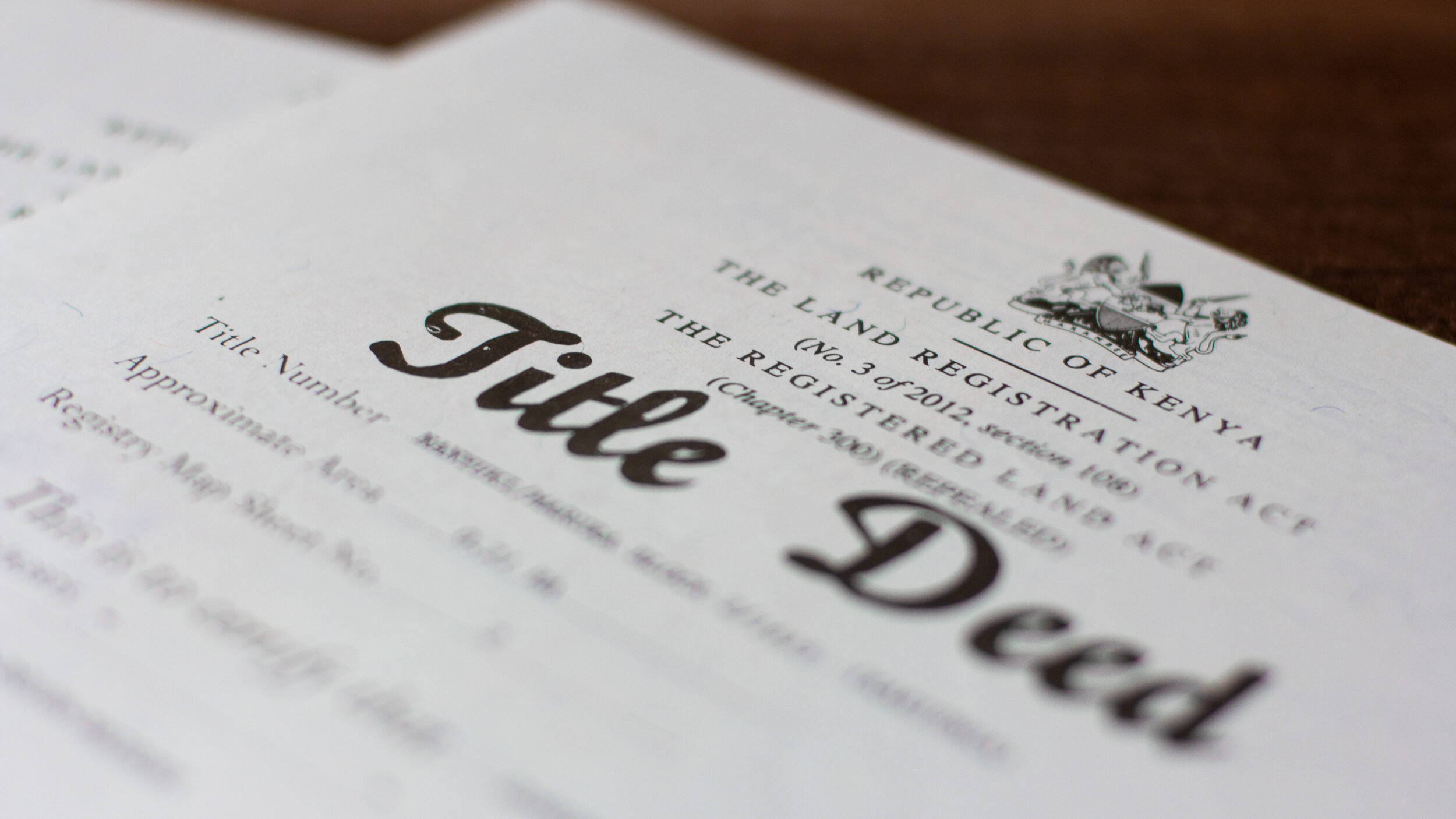Understanding the Sectional Properties Act in Kenya: A Game-Changer for Property Ownership
The Sectional Properties Act, 2020, marks a significant shift in Kenya's real estate landscape, bringing clarity, security, and modernity to property ownership in multi-dwelling units such as apartments, townhouses, and office complexes. As urbanization accelerates and the demand for vertical living increases, this legislation has become crucial in ensuring that property rights are well-defined, enforceable, and in harmony with contemporary real estate practices.
What is the Sectional Properties Act?
The Sectional Properties Act, 2020, replaces the previous Sectional Properties Act of 1987. The new law was enacted to address the challenges and ambiguities faced by property owners, developers, and investors under the old regime. The Act provides a comprehensive legal framework that governs the ownership, use, and management of sectional properties, essentially subdividing buildings into individual units that can be owned independently, while common areas are jointly owned.
Key Features of the Sectional Properties Act
1. Conversion of Long-Term Leases into Sectional Titles:
One of the most impactful aspects of the Act is the conversion of long-term leases (over 21 years) into sectional titles. This means that instead of holding a lease, property owners now have a title deed to their unit, which is a more secure and recognized form of ownership. This conversion is mandatory for all developments that meet the criteria, ensuring uniformity across the board.
2. Creation of a Management Corporation:
The Act mandates the formation of a management corporation for each sectional property development. This corporation, comprising all unit owners, is responsible for the management and maintenance of common areas such as lobbies, gardens, parking spaces, and recreational facilities. The management corporation also has the authority to enforce rules and regulations, levy service charges, and manage the finances necessary for the upkeep of the property.
3. Simplified Transfer and Mortgage Processes:
Under the Sectional Properties Act, the process of transferring ownership or mortgaging a unit is streamlined. Since each unit has its title, transactions become more straightforward, reducing the time and costs associated with property transfers. This clarity also enhances the confidence of financial institutions in lending against sectional properties.
4. Enhanced Dispute Resolution Mechanisms:
The Act introduces more robust mechanisms for resolving disputes between unit owners, the management corporation, and other stakeholders. This includes the establishment of a tribunal that specializes in handling sectional property disputes, ensuring that issues are resolved swiftly and fairly.
5. Protection of Property Owners:
The Act provides strong protection for unit owners, particularly in relation to their rights and obligations. It ensures that owners have a say in the management of the property and safeguards against arbitrary decisions by developers or management corporations. The law also requires transparency in the management of funds and mandates regular audits, giving owners confidence that their contributions are being used effectively.
Implications for Developers and Property Owners
For developers, the Sectional Properties Act necessitates compliance with the new regulations, including the conversion of existing developments to align with the Act. This process involves the subdivision of buildings, registration of sectional plans, and issuance of individual titles. Developers must also ensure that management corporations are established and operational before the sale of units.
For property owners, the Act brings greater security and clarity to their investments. The conversion to sectional titles means that owners now have a more valuable and marketable asset. It also provides them with greater control over the management of their properties, ensuring that their investments are well-maintained and appreciated over time.
Challenges and Opportunities
While the Sectional Properties Act has been widely welcomed, its implementation comes with challenges. The process of converting long-term leases to sectional titles can be complex and requires coordination between various stakeholders, including land registries, developers, and property owners. There may also be resistance from some quarters, particularly where the benefits of the Act are not fully understood.
However, the opportunities presented by the Act are significant. For investors, the clarity and security provided by sectional titles make Kenyan real estate more attractive. For developers, the Act creates a more organized and efficient market, reducing risks and enhancing the value of their projects. For property owners, the Act provides greater peace of mind, knowing that their rights are protected, and their investments are secure.
Conclusion
The Sectional Properties Act is a transformative piece of legislation that aligns Kenya's property ownership framework with international best practices. By providing a clear, secure, and efficient system for the ownership and management of sectional properties, the Act is set to have a lasting impact on the real estate sector. As more developments come under the purview of the Act, it is expected to drive growth, enhance property values, and contribute to the overall stability and maturity of the Kenyan real estate market.
